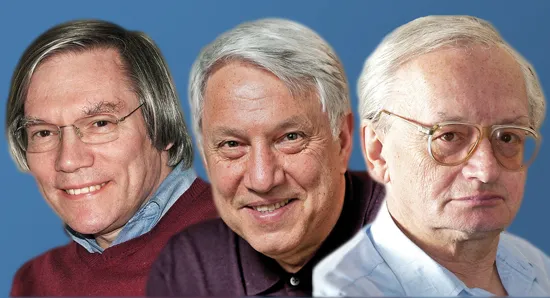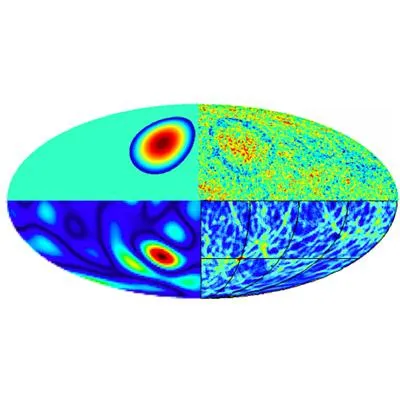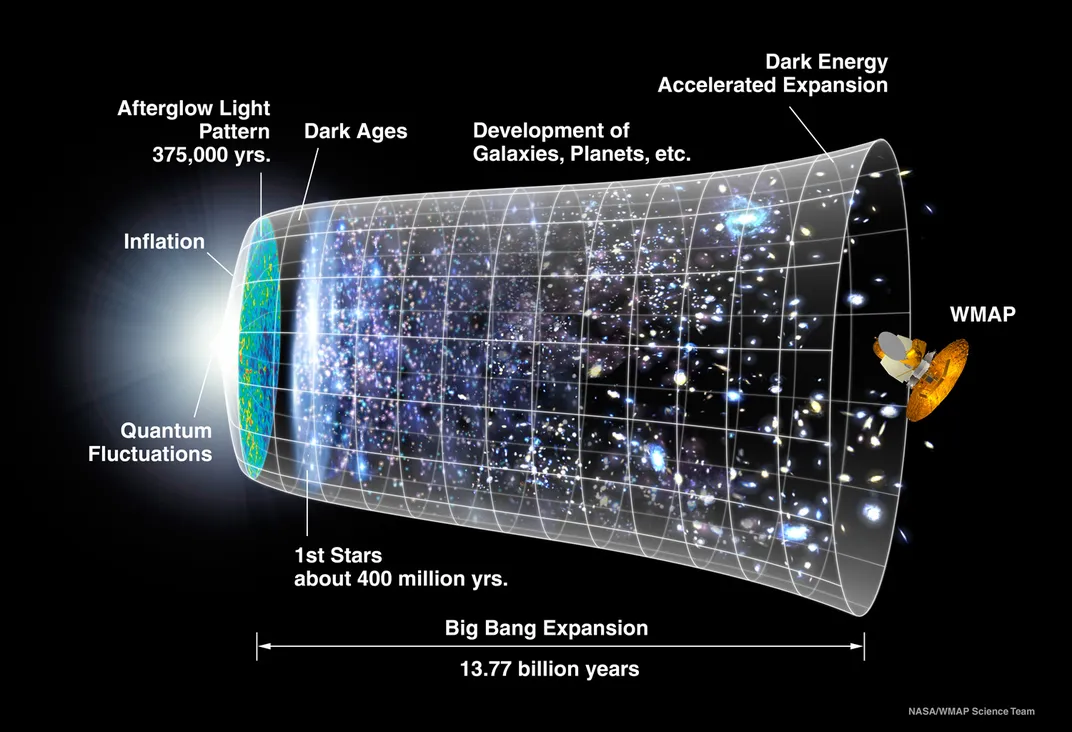Can Physicists Ever Prove the Multiverse Is Real?
Astronomers are arguing about whether they can trust this untested—and potentially untestable—idea
/https://tf-cmsv2-smithsonianmag-media.s3.amazonaws.com/filer/db/c4/dbc4cd8b-b4b3-4a28-b211-42bc49a87a11/42-46205410.jpg)
The universe began as a Big Bang and almost immediately began to expand faster than the speed of light in a growth spurt called “inflation.” This sudden stretching smoothed out the cosmos, smearing matter and radiation equally across it like ketchup and mustard on a hamburger bun.
That expansion stopped after just a fraction of a second. But according to an idea called the “inflationary multiverse,” it continues—just not in our universe where we could see it. And as it does, it spawns other universes. And even when it stops in those spaces, it continues in still others. This “eternal inflation” would have created an infinite number of other universes.
Together, these cosmic islands form what scientists call a “multiverse.” On each of these islands, the physical fundamentals of that universe—like the charges and masses of electrons and protons and the way space expands—could be different.
Cosmologists mostly study this inflationary version of the multiverse, but the strange scenario can takes other forms, as well. Imagine, for example, that the cosmos is infinite. Then the part of it that we can see—the visible universe—is just one of an uncountable number of other, same-sized universes that add together to make a multiverse. Another version, called the “Many Worlds Interpretation,” comes from quantum mechanics. Here, every time a physical particle, such as an electron, has multiple options, it takes all of them—each in a different, newly spawned universe.
But all of those other universes might be beyond our scientific reach. A universe contains, by definition, all of the stuff anyone inside can see, detect or probe. And because the multiverse is unreachable, physically and philosophically, astronomers may not be able to find out—for sure—if it exists at all.
Determining whether or not we live on one of many islands, though, isn’t just a quest for pure knowledge about the nature of the cosmos. If the multiverse exists, the life-hosting capability of our particular universe isn’t such a mystery: An infinite number of less hospitable universes also exist. The composition of ours, then, would just be a happy coincidence. But we won’t know that until scientists can validate the multiverse. And how they will do that, and if it even possible to do that, remains an open question.
Null results
This uncertainty presents a problem. In science, researchers try to explain how nature works using predictions that they formally call hypotheses. Colloquially, both they and the public sometimes call these ideas “theories.” Scientists especially gravitate toward this usage when their idea deals with a wide-ranging set of circumstances or explains something fundamental to how physics operates. And what could be more wide-ranging and fundamental than the multiverse?
For an idea to technically move from hypothesis to theory, though, scientists have to test their predictions and then analyze the results to see whether their initial guess is supported or disproved by the data. If the idea gains enough consistent support and describes nature accurately and reliably, it gets promoted to an official theory.
As physicists spelunk deeper into the heart of reality, their hypotheses—like the multiverse—become harder and harder, and maybe even impossible, to test. Without the ability to prove or disprove their ideas, there’s no way for scientists to know how well a theory actually represents reality. It’s like meeting a potential date on the internet: While they may look good on digital paper, you can’t know if their profile represents their actual self until you meet in person. And if you never meet in person, they could be catfishing you. And so could the multiverse.
Physicists are now debating whether that problem moves ideas like the multiverse from physics to metaphysics, from the world of science to that of philosophy.
Show-me state
Some theoretical physicists say their field needs more cold, hard evidence and worry about where the lack of proof leads. “It is easy to write theories,” says Carlo Rovelli of the Center for Theoretical Physics in Luminy, France. Here, Rovelli is using the word colloquially, to talk about hypothetical explanations of how the universe, fundamentally, works. “It is hard to write theories that survive the proof of reality,” he continues. “Few survive. By means of this filter, we have been able to develop modern science, a technological society, to cure illness, to feed billions. All this works thanks to a simple idea: Do not trust your fancies. Keep only the ideas that can be tested. If we stop doing so, we go back to the style of thinking of the Middle Ages.”
He and cosmologists George Ellis of the University of Cape Town and Joseph Silk of Johns Hopkins University in Baltimore worry that because no one can currently prove ideas like the multiverse right or wrong, scientists can simply continue along their intellectual paths without knowing whether their walks are anything but random. “Theoretical physics risks becoming a no-man's-land between mathematics, physics and philosophy that does not truly meet the requirements of any,” Ellis and Silk noted in a Nature editorial in December 2014.
It’s not that physicists don’t want to test their wildest ideas. Rovelli says that many of his colleagues thought that with the exponential advance of technology—and a lot of time sitting in rooms thinking—they would be able to validate them by now. “I think that many physicists have not found a way of proving their theories, as they had hoped, and therefore they are gasping,” says Rovelli.
“Physics advances in two manners,” he says. Either physicists see something they don’t understand and develop a new hypothesis to explain it, or they expand on existing hypotheses that are in good working order. “Today many physicists are wasting time following a third way: trying to guess arbitrarily,” says Rovelli. “This has never worked in the past and is not working now.”
The multiverse might be one of those arbitrary guesses. Rovelli is not opposed to the idea itself but to its purely drawing-board existence. “I see no reason for rejecting a priori the idea that there is more in nature than the portion of spacetime we see,” says Rovelli. “But I haven't seen any convincing evidence so far.”
“Proof” needs to evolve
Other scientists say that the definitions of “evidence” and “proof” need an upgrade. Richard Dawid of the Munich Center for Mathematical Philosophy believes scientists could support their hypotheses, like the multiverse—without actually finding physical support. He laid out his ideas in a book called String Theory and the Scientific Method. Inside is a kind of rubric, called “Non-Empirical Theory Assessment,” that is like a science-fair judging sheet for professional physicists. If a theory fulfills three criteria, it is probably true.
First, if scientists have tried, and failed, to come up with an alternative theory that explains a phenomenon well, that counts as evidence in favor of the original theory. Second, if a theory keeps seeming like a better idea the more you study it, that’s another plus-one. And if a line of thought produced a theory that evidence later supported, chances are it will again.
Radin Dardashti, also of the Munich Center for Mathematical Philosophy, thinks Dawid is straddling the right track. “The most basic idea undergirding all of this is that if we have a theory that seems like it works, and we have come up with nothing that works better, chances are our idea is right,” he says.
But, historically, that undergirding has often collapsed, and scientists haven’t been able to see the obvious alternatives to dogmatic ideas. For example, the Sun, in its rising and setting, seems to go around Earth. People, therefore, long thought that our star orbited the Earth.
Dardashti cautions that scientists shouldn’t go around applying Dawid’s idea willy-nilly, and that it needs more development. But it may be the best idea out there for “testing” the multiverse and other ideas that are too hard, if not impossible, to test. He notes, though, that physicists’ precious time would be better spent dreaming up ways to find real evidence.
Not everyone is so sanguine, though. Sabine Hossenfelder of the Nordic Institute for Theoretical Physics in Stockholm, thinks “post-empirical” and “science” can never live together. “Physics is not about finding Real Truth. Physics is about describing the world,” she wrote on her blog Backreaction in response to an interview in which Dawid expounded on his ideas. And if an idea (which she also colloquially calls a theory) has no empirical, physical backing, it doesn’t belong. “Without making contact to observation, a theory isn’t useful to describe the natural world, not part of the natural sciences, and not physics,” she concluded.
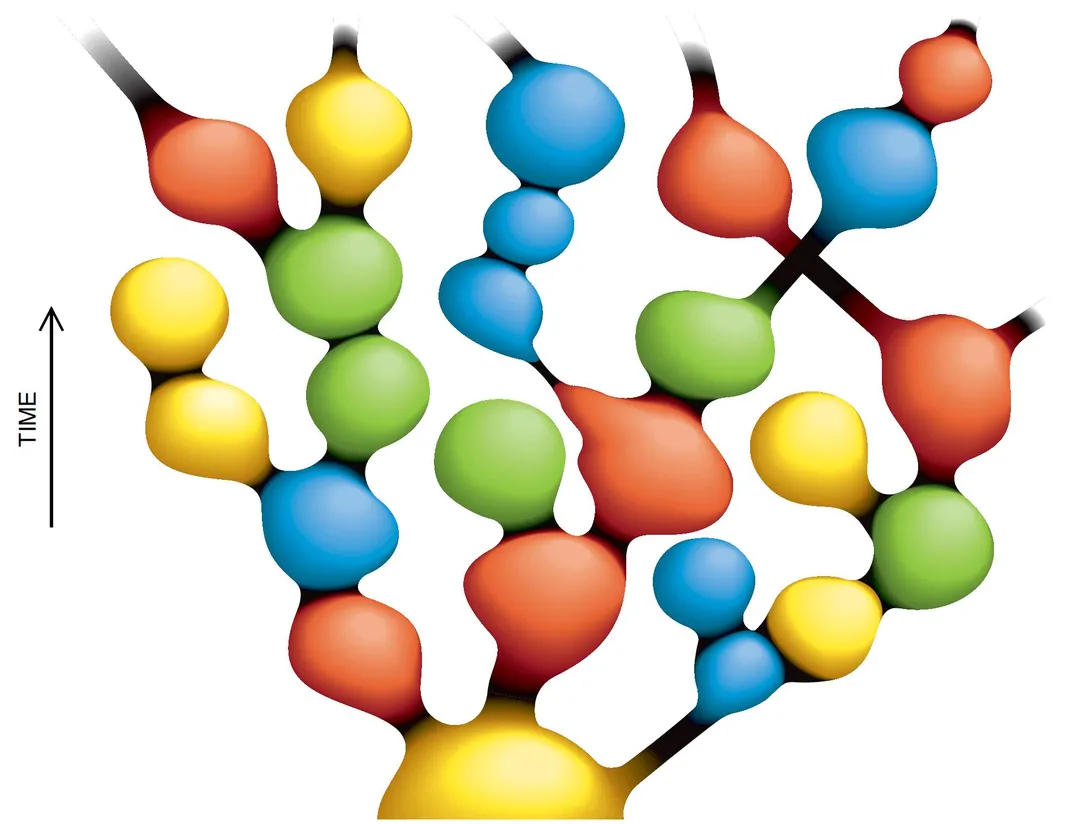
The truth is out there
Some supporters of the multiverse claim they have found real physical evidence for the multiverse. Joseph Polchinski of the University of California, Santa Barbara, and Andrei Linde of Stanford University—some of the theoretical physicists who dreamed up the current model of inflation and how it leads to island universes—say the proof is encoded in our cosmos.
This cosmos is huge, smooth and flat, just like inflation says it should be. “It took some time before we got used to the idea that the large size, flatness, isotropy and uniformity of the universe should not be dismissed as trivial facts of life,” Linde wrote in a paper that appeared on arXiv.org in December. “Instead of that, they should be considered as experimental data requiring an explanation, which was provided with the invention of inflation.”
Similarly, our universe seems fine tuned to be favorable to life, with its Goldilocks expansion rate that’s not too fast or too slow, an electron that’s not too big, a proton that has the exact opposite charge but the same mass as a neutron and a four-dimensional space in which we can live. If the electron or proton were, for example, one percent larger, beings could not be. What are the chances that all those properties would align to create a nice piece of real estate for biology to form and evolve?
In a universe that is, in fact, the only universe, the chances are vanishingly small. But in an eternally inflating multiverse, it is certain that one of the universes should turn out like ours. Each island universe can have different physical laws and fundamentals. Given infinite mutations, a universe on which humans can be born will be born. The multiverse actually explains why we’re here. And our existence, therefore, helps explain why the multiverse is plausible.
These indirect pieces of evidence, statistically combined, have led Polchinski to say he’s 94 percent certain the multiverse exists. But he knows that’s 5.999999 percent short of the 99.999999 percent sureness scientists need to call something a done deal.
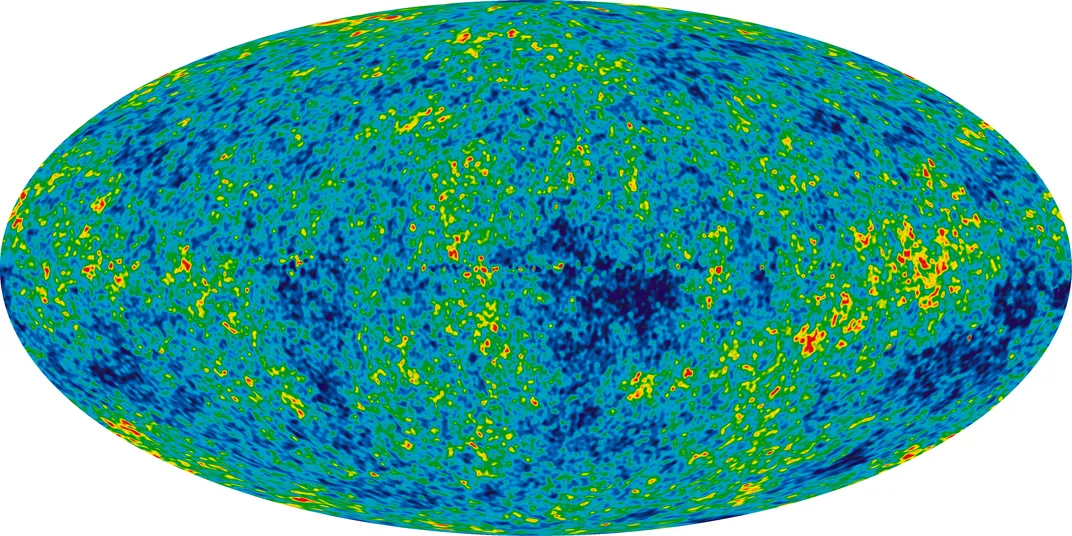
Eventually, scientists may be able to discover more direct evidence of the multiverse. They are hunting for the stretch marks that inflation would have left on the cosmic microwave background, the light left over from the Big Bang. These imprints could tell scientists whether inflation happened, and help them find out whether it’s still happening far from our view. And if our universe has bumped into others in the past, that fender-bender would also have left imprints in the cosmic microwave background. Scientists would be able to recognize that two-car accident. And if two cars exist, so must many more.
Or, in 50 years, physicists may sheepishly present evidence that the early 21st-century’s pet cosmological theory was wrong.
“We are working on a problem that is very hard, and so we should think about this on a very long time scale,” Polchinski has advised other physicists. That’s not unusual in physics. A hundred years ago, Einstein’s theory of general relativity, for example, predicted the existence of gravitational waves. But scientists could only verify them recently with a billion-dollar instrument called LIGO, the Laser Interferometer Gravitational-Wave Observatory.
So far, all of science has relied on testability. It has been what makes science science and not daydreaming. Its strict rules of proof moved humans out of dank, dark castles and into space. But those tests take time, and most theoreticians want to wait it out. They are not ready to shelve an idea as fundamental as the multiverse—which could actually be the answer to life, the universe and everything—until and unless they can prove to themselves it doesn’t exist. And that day may never come.
